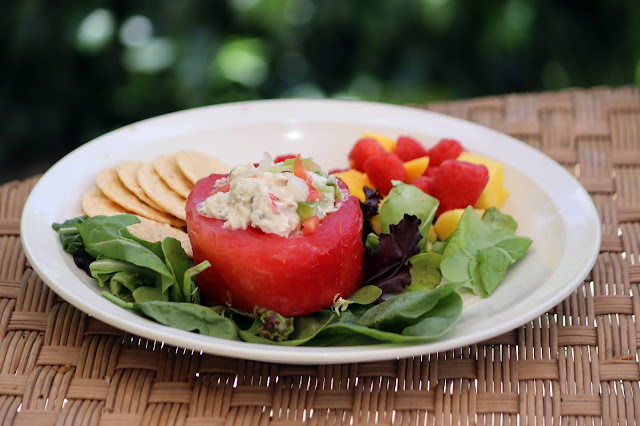Menorah is the Hebrew word for a lamp. Lighting the candles is Hanukkah’s most central ritual. One candle is added on each night of the eight-night holiday until it is ablaze with light on the eighth evening.
Hanukkah menorahs come in a wide variety of shapes and sizes. The eight candles should be the same height and at the same level, but the shammash is often placed higher or set off to the side.
I used the following ingredients (but you can use your favorite fruits and vegetables):
1/2 cucumber
1/2 yellow squash, diced
1/2 zucchini diced
4 red seedless grapes
1/2 cup watermelon, diced
1/4 cup raspberries
1/4 cup blueberries
4 strawberries, chopped
9 golden raisins




















































